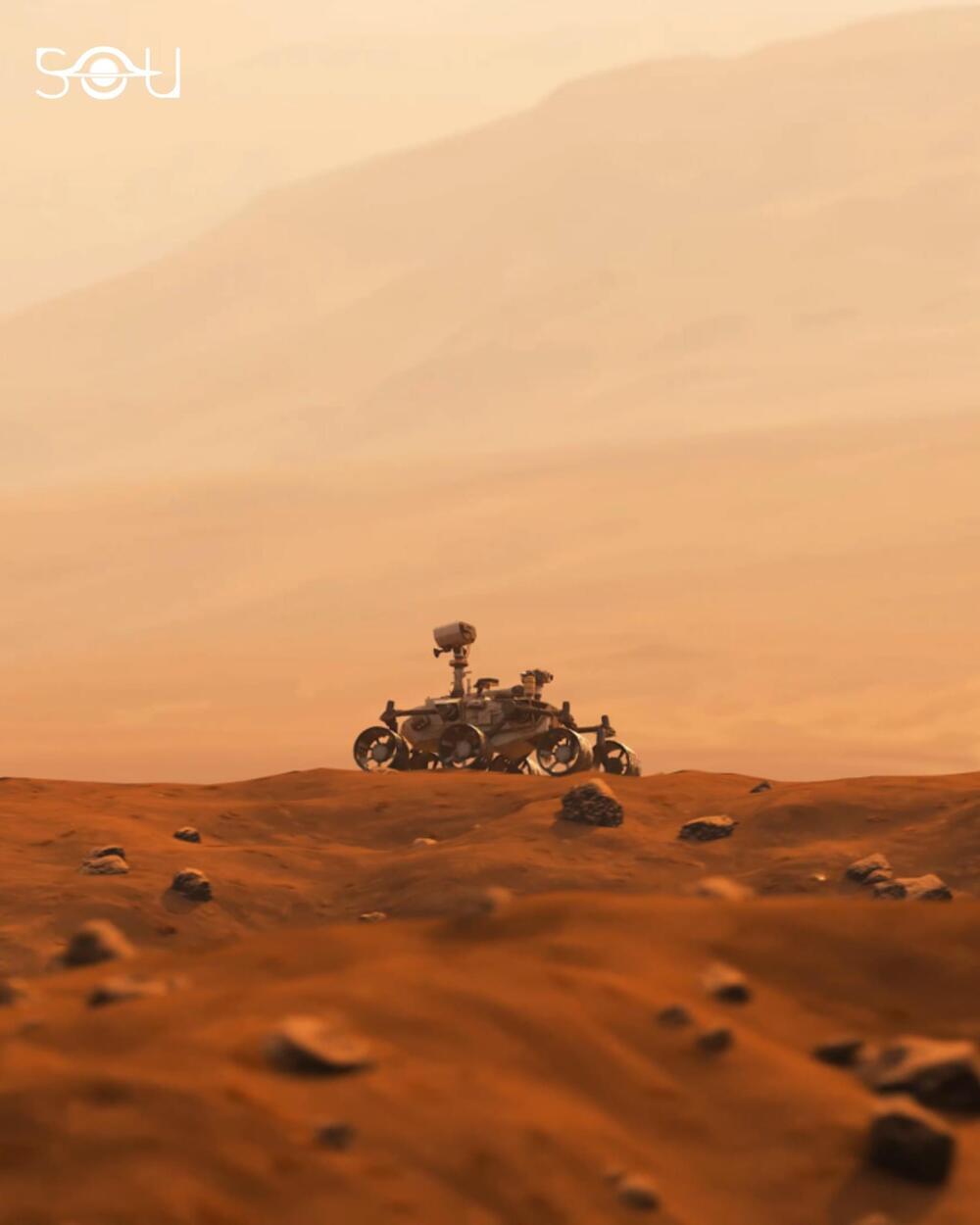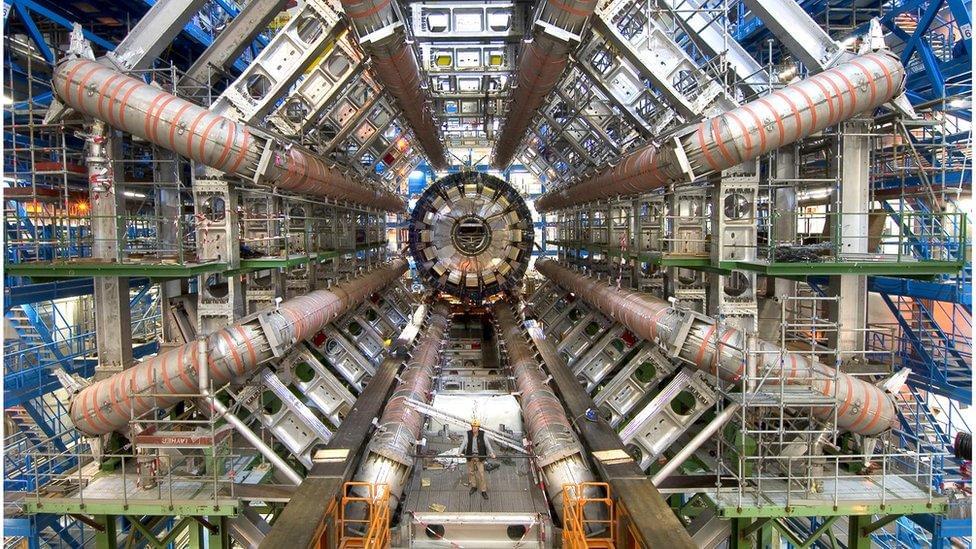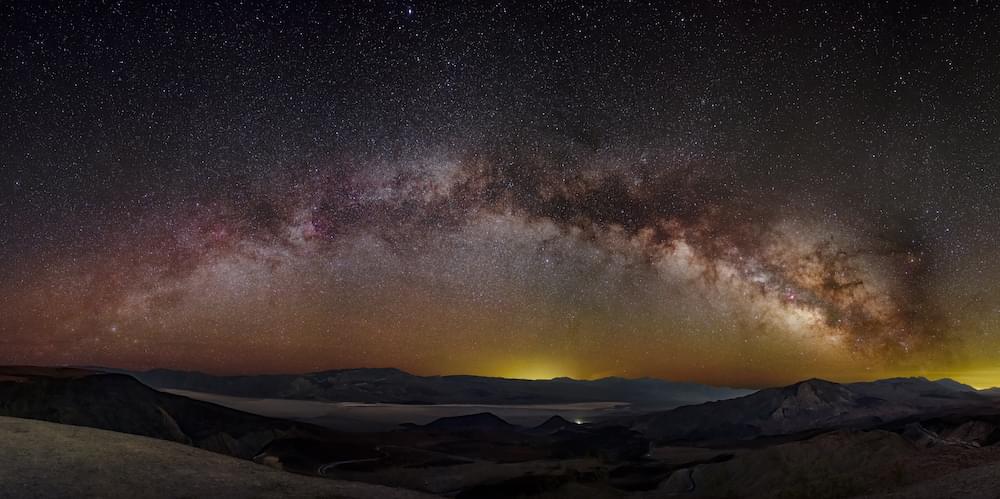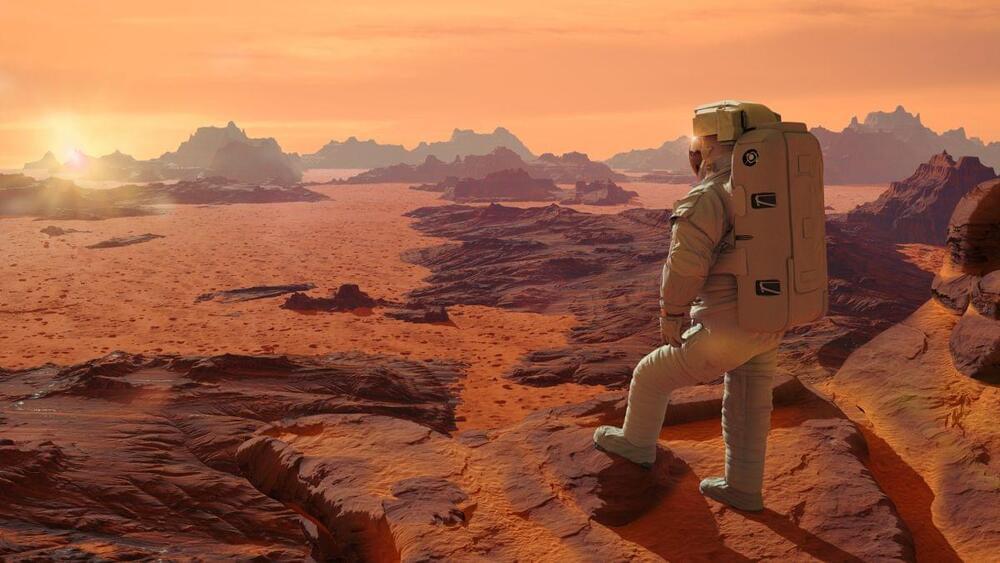
Category: space – Page 547



Comet C/2021 O3 might be visible in binoculars
A comet discovered last July is fast approaching our part of the solar system and might reach binocular visibility (at least) by May 2022. It’s designated C/2021 O3 (PanSTARRS). The comet will be emerging into our western evening sky at least by early May. The comet is currently passing close to the sun, and it might not survive that passage … but if it does, get ready! Charts below.
Comet PanSTARRS will come close to the sun, closer than the planet Mercury. Its closest point, called its perihelion, will come on April 21, 2022. It’ll sweep 0.29 astronomical units (AU) from our star (1 AU = 1 average Earth-sun unit of distance). So – given that Mercury’s sunny side reaches temperatures of around 750 to 800 degrees Fahrenheit (up to about 430 degrees Celsius) – you can see that Comet C/2021 O3 (PanSTARRS) will really feel the sun’s heat.
That’s why Comet C/2021 O3 might disintegrate, as some comets do, when nearest our star.



The shape of the Milky Way
To understand the nature of our galaxy, astronomers had to look to distant island universes.
Turn your eyes toward the night sky and you will see a bright, hazy band of light cutting across the sky.
For millennia, observers speculated about the Milky Way’s true nature. The Greeks said the streak of haze in the sky was milk spurting from the breast of the goddess, Hera, Egyptians thought it was cows’ milk, and some Aboriginal Australians thought it was a river flowing through the sky.
Today, we know that we are looking along the plane of our spiral galaxy, consisting of at least 100 billion stars. But understanding the shape of the Milky Way proved elusive up until the 20th century. The problem is we can’t get a bird’s eye view of our galaxy because our solar system is buried within the galaxy. But with the invention of the telescope, photography, spectroscopy, and radio astronomy, we have uncovered the shape and size of our home galaxy — and our place among the billions of stars that make up our island universe.



Gravitational Waves Should Permanently Distort Space-Time
The first detection of gravitational waves in 2016 provided decisive confirmation of Einstein’s general theory of relativity. But another astounding prediction remains unconfirmed: According to general relativity, every gravitational wave should leave an indelible imprint on the structure of space-time. It should permanently strain space, displacing the mirrors of a gravitational wave detector even after the wave has passed.
Since that first detection almost six years ago, physicists have been trying to figure out how to measure this so-called “memory effect.”
“The memory effect is absolutely a strange, strange phenomenon,” said Paul Lasky, an astrophysicist at Monash University in Australia. “It’s really deep stuff.”